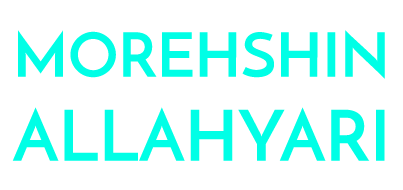#AsYouScrollDown (2014)
Morehshin Allahyari’s record store, #AsYouScrollDown is a digital and analogue archive; 100 tweets and series of images are gathered to re-visit the 2009-2010 protests in Iran known as the Green Movement. The record is comprised of messages extracted via Twitter published during the Green Revolution. We hear a stoic, robotic voice, reading aloud the frustrated and committed musings of an affected youth launched into rebellion by the corrupt actions of the Iranian government. The voices clamber on top of one another, and then retreat, twisting into a cacophony not unlike the incendiary energy of a radical revolution. Offset by the swirling undercurrent of ambient drones these tweets encapsulate the unheard dispatches of a voiceless majority during tumultuous times of political upheaval.*
*part of this description is take from Semigloss magazine’s editorial text written by Editor-in-Chief, Sally Glass.
JTNDaWZyYW1lJTIwd2lkdGglM0QlMjIxMDAlMjUlMjIlMjBoZWlnaHQlM0QlMjI0NTAlMjIlMjBzY3JvbGxpbmclM0QlMjJubyUyMiUyMGZyYW1lYm9yZGVyJTNEJTIybm8lMjIlMjBzcmMlM0QlMjJodHRwcyUzQSUyRiUyRncuc291bmRjbG91ZC5jb20lMkZwbGF5ZXIlMkYlM0Z1cmwlM0RodHRwcyUyNTNBJTJGJTJGYXBpLnNvdW5kY2xvdWQuY29tJTJGdHJhY2tzJTJGMTYzNTY2NjgwJTI2YW1wJTNCYXV0b19wbGF5JTNEZmFsc2UlMjZhbXAlM0JoaWRlX3JlbGF0ZWQlM0RmYWxzZSUyNmFtcCUzQnNob3dfY29tbWVudHMlM0R0cnVlJTI2YW1wJTNCc2hvd191c2VyJTNEdHJ1ZSUyNmFtcCUzQnNob3dfcmVwb3N0cyUzRGZhbHNlJTI2YW1wJTNCdmlzdWFsJTNEdHJ1ZSUyMiUzRSUzQyUyRmlmcmFtZSUzRQ==
#AsYouScrollDown, Theory of Survival, Southern Exposure Gallery, 2014.
*commissioned by Southern Exposure gallery for the “Theory of Survival: Fabrications” exhibition curated by Taraneh Hemmami.View the Exhibition Website




























































































